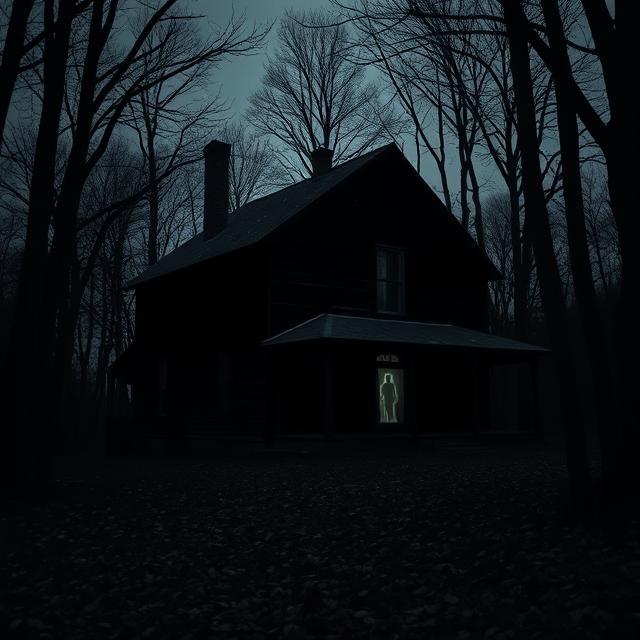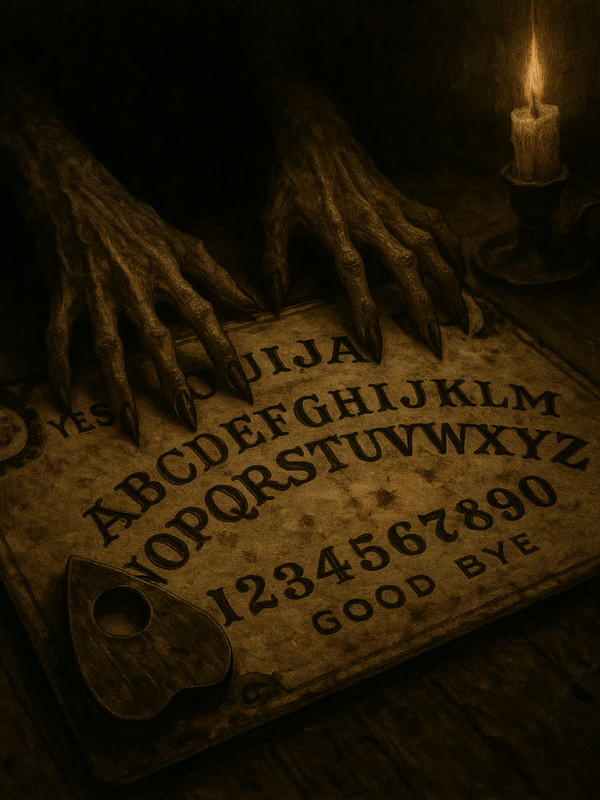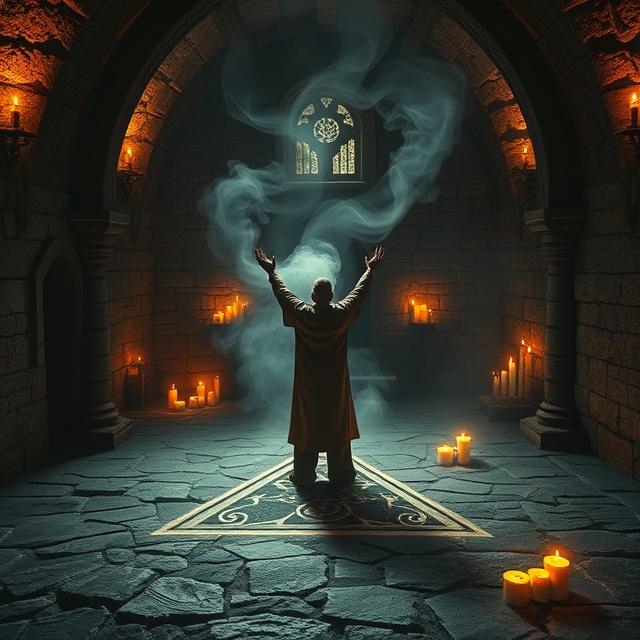In the autumn of 1928, a bizarre and brutal murder in the rural community of Hex Hollow, York County, Pennsylvania, sent shockwaves through the region and exposed a deep-seated undercurrent of belief in witchcraft and folk magic that persisted well into the 20th century. The victim, Nelson Rehmeyer, was a respected farmer known for his practice of “powwow,” a form of Pennsylvania Dutch folk healing and magic. His killer, John Blymire, was a young man convinced that Rehmeyer had placed a hex on him, causing him illness and misfortune. The events that unfolded in Hex Hollow that November night offer a chilling glimpse into a world where ancient beliefs collided with modern violence, resulting in a murder rooted in superstition and fear.
Nelson Rehmeyer was a figure of both respect and perhaps a degree of apprehension within his community. As a practitioner of powwow, he was sought out by some for his healing abilities and knowledge of folk remedies and charms. However, in a community where belief in hexes and witchcraft still lingered, such individuals could also be viewed with suspicion or even fear by those who believed they might wield malevolent powers.
John Blymire was a young man from the same rural community who had become increasingly convinced that he was the victim of a powerful hex. He believed that this curse was causing him physical ailments and general misfortune in his life. Blymire’s conviction fixated on Nelson Rehmeyer, whom he believed was the source of his suffering. This belief was fueled by local lore and the pronouncements of another powwow doctor, Nellie Noll, known as the “River Witch.”
Nellie Noll, a controversial figure in the region, confirmed Blymire’s suspicions, telling him that Rehmeyer possessed a book of black magic that was the source of the hex. She instructed Blymire that the only way to break the curse was to obtain this book, known as a “hex book,” and destroy it. This pronouncement set in motion the tragic events that would unfold.
On the night of November 16, 1928, John Blymire, accompanied by two teenage accomplices, Clarence “Clarence the Stout” Richey and Wilbert Hess, drove to Nelson Rehmeyer’s farmhouse in Hex Hollow. Their intention was to confront Rehmeyer and steal the alleged hex book.
Upon arriving at the farmhouse, Blymire and his companions found Rehmeyer at home. A confrontation ensued, during which Rehmeyer denied possessing any such book or having placed a hex on Blymire. However, Blymire’s conviction was unwavering, fueled by his fear and the River Witch’s pronouncements.
The situation escalated tragically. In their desperate attempt to find the nonexistent hex book, Blymire and his accomplices brutally attacked Nelson Rehmeyer. He was beaten and eventually murdered by Blymire, who struck him repeatedly with a piece of wood. After the murder, they ransacked the house in a futile search for the book.
To further ensure the hex was broken, Nellie Noll had instructed Blymire to burn Rehmeyer’s body. However, in their panic and inexperience, Blymire and his accomplices only managed to set the farmhouse on fire in a haphazard attempt to conceal their crime.
The disappearance of Nelson Rehmeyer and the subsequent discovery of the burned farmhouse quickly led to an investigation. Suspicion soon fell on John Blymire, who had openly voiced his belief that Rehmeyer had hexed him. The involvement of Clarence Richey and Wilbert Hess was also uncovered.
The trial of John Blymire and his accomplices was a sensational event, drawing national attention due to the bizarre motive rooted in witchcraft beliefs. The prosecution presented a case of premeditated murder, while the defense attempted to portray Blymire as a man driven by fear and the irrational power of superstition.
The cultural context of the time was crucial to understanding the events in Hex Hollow. While the 20th century was well underway, pockets of rural Pennsylvania, particularly among the Pennsylvania Dutch communities, still held onto traditional beliefs in folk magic, hexes, and the power of powwow doctors. This belief system, while often benign and focused on healing, also contained a darker side of fear and suspicion towards those believed to wield harmful magic.
Nellie Noll, the River Witch, became a central figure in the narrative, representing the influence of these traditional beliefs. Her pronouncements directly incited Blymire’s actions, highlighting the potential danger of fear-based superstitions.
The jury ultimately found John Blymire guilty of first-degree murder. Clarence Richey and Wilbert Hess were convicted of lesser charges. The trial served as a stark illustration of the clash between modernity and deeply ingrained folk beliefs, and the tragic consequences that could arise when fear and superstition took hold.
The Hex Hollow Murder remains a significant case in the history of American crime and the study of folk beliefs. It is a chilling reminder that even in the modern era, ancient superstitions can have deadly real-world consequences. The story of Nelson Rehmeyer and John Blymire continues to be recounted, a cautionary tale of fear, belief, and the fatal shadow of the hex in a Pennsylvania community.
Want to explore the shadows even deeper? For more chilling cases like this, visit SinisterArchive.com, where the legends are real.




